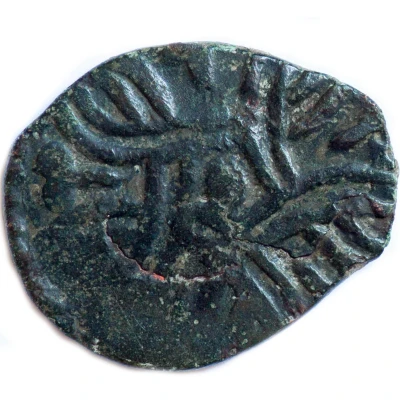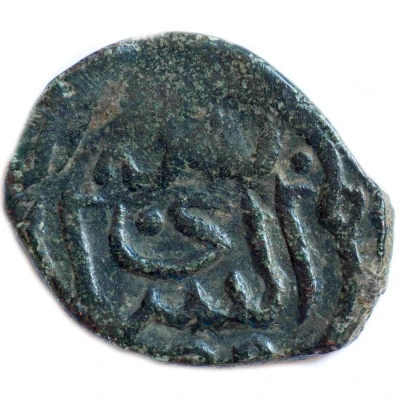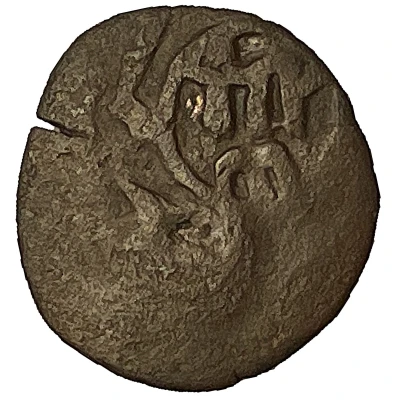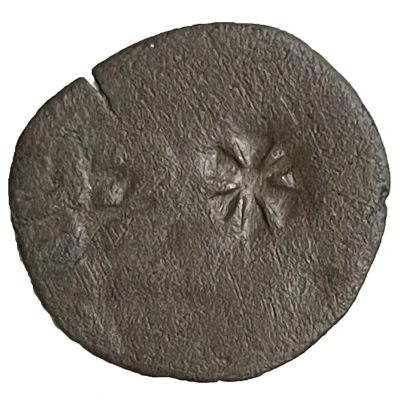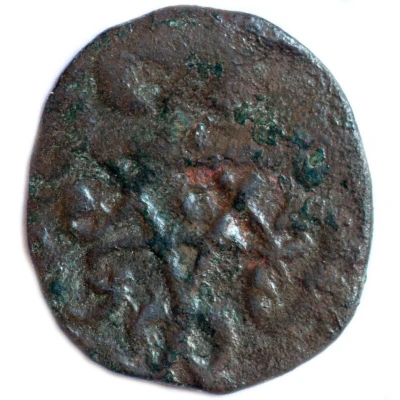
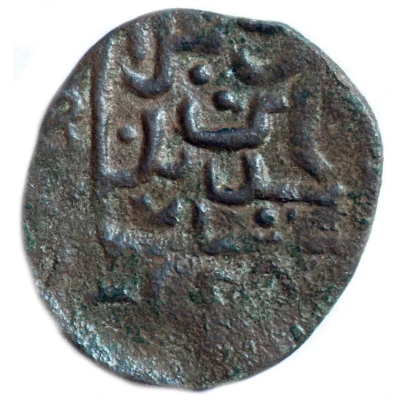

© Grinya (CC BY-NC-SA)
Pul "Hexagram with curls" - temp. Tochtamysh Saray al-Jadida
| Copper | 1.2 g | 20 mm |
| Issuer | Golden Horde |
|---|---|
| Khan | Tochtamysh (1379-1396) |
| Type | Standard circulation coin |
| Years | 790-792 (1388-1390) |
| Calendar | Islamic (Hijri) |
| Value | 1 Pul (1⁄16) |
| Currency | Dinar (1227-1502) |
| Composition | Copper |
| Weight | 1.2 g |
| Diameter | 20 mm |
| Shape | Round (irregular) |
| Technique | Hammered |
| Orientation | Variable alignment ↺ |
| Demonetized | Yes |
| Updated | 2024-10-06 |
| Numista | N#301464 |
|---|---|
| Rarity index | 97% |
Reverse
Arabic inscription in a square
Translation:
mintid in Saray al-Jadida
year
Edge
Plain
Comment
Interesting fact
The Golden Horde, also known as Kipchak Khanate or Northwestern Islamic Khanate, was a Mongol and Turko-Mongol khanate that formed the western division of the Mongol Empire, founded by Özbeg Khan (or sometimes considered Eljigidei) in 1227. It inherited the traditions of the Pax Mongolica, which facilitated trade and commerce throughout the region. The khans of the Golden Horde were avid coin producers, recognizing the importance of maintaining a robust economy. The coin described here is an example of the coinage system employed by Tochtamysh, a ruler of the Golden Horde from 1388 to 1390. The coin shows the hexagram symbol, also known as the Star of David, surrounded by
